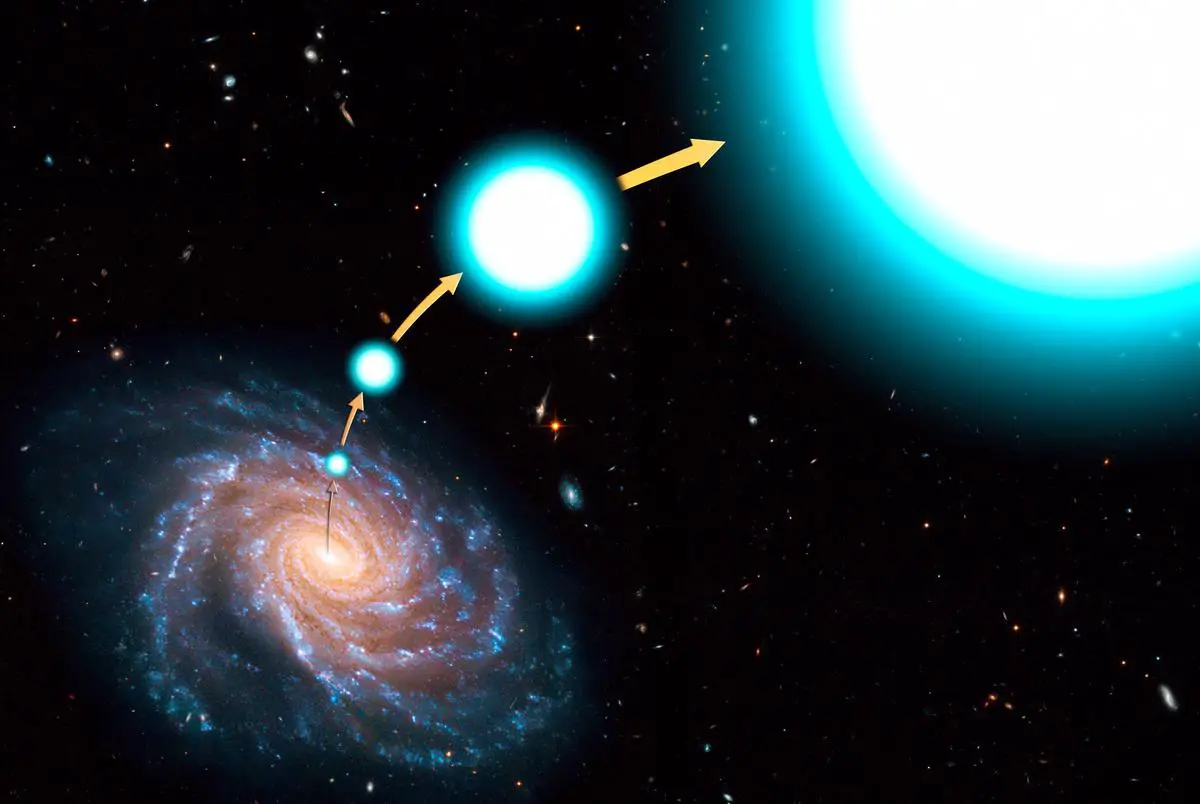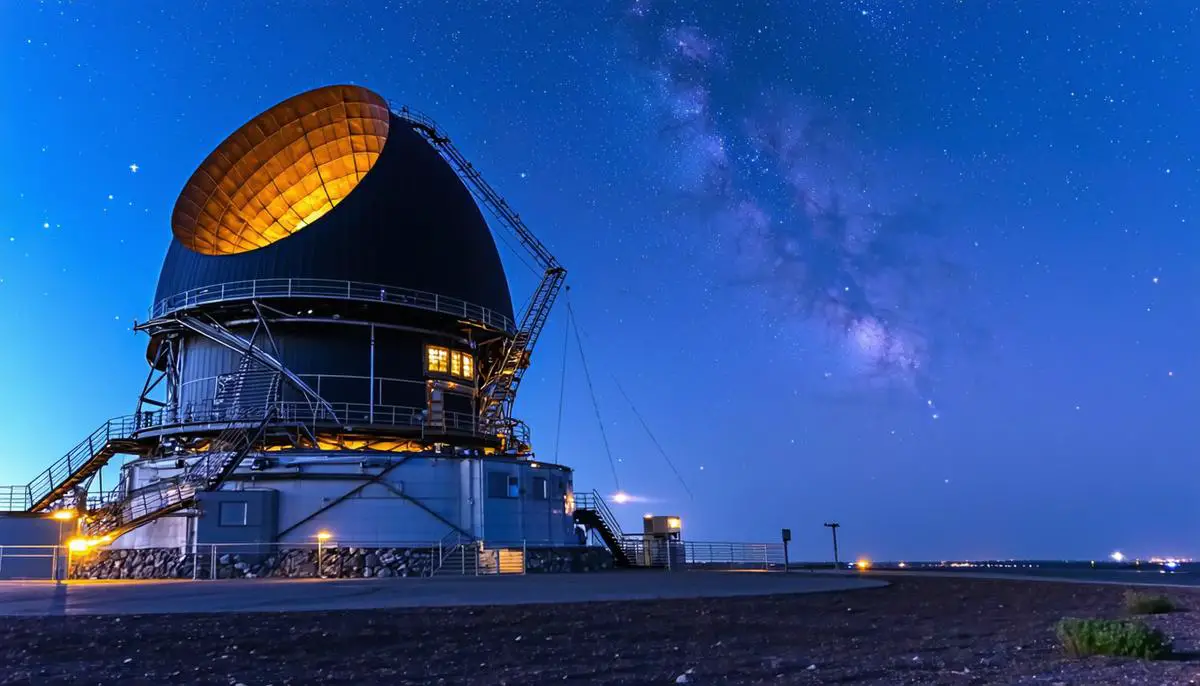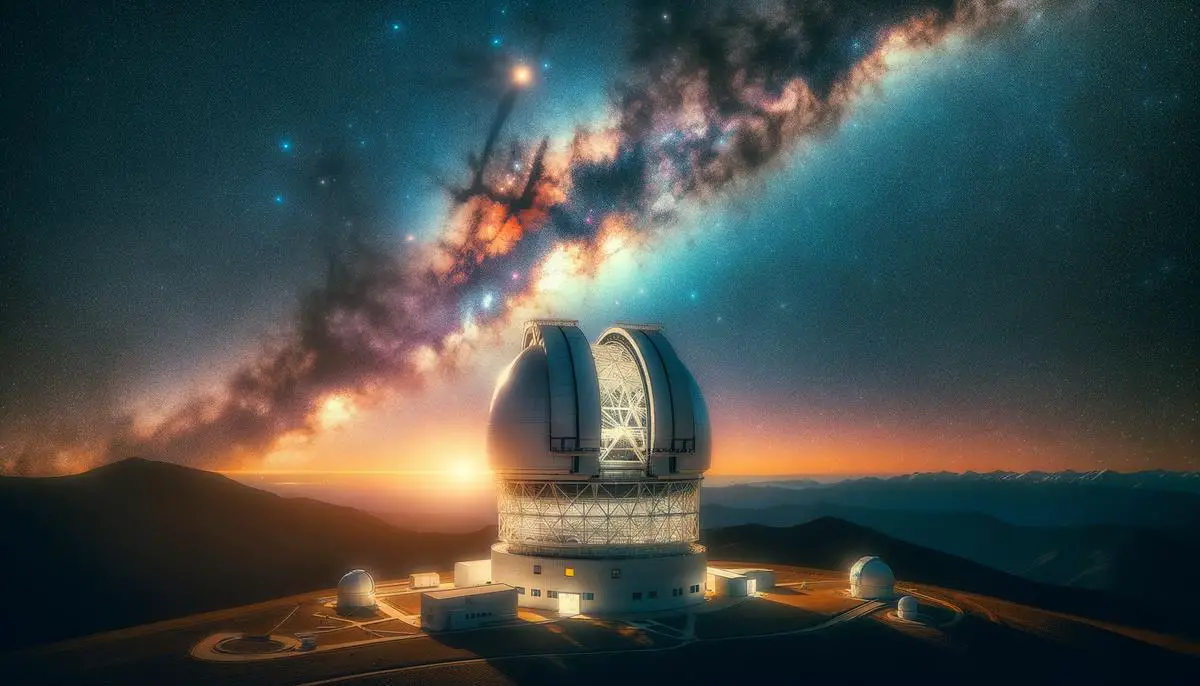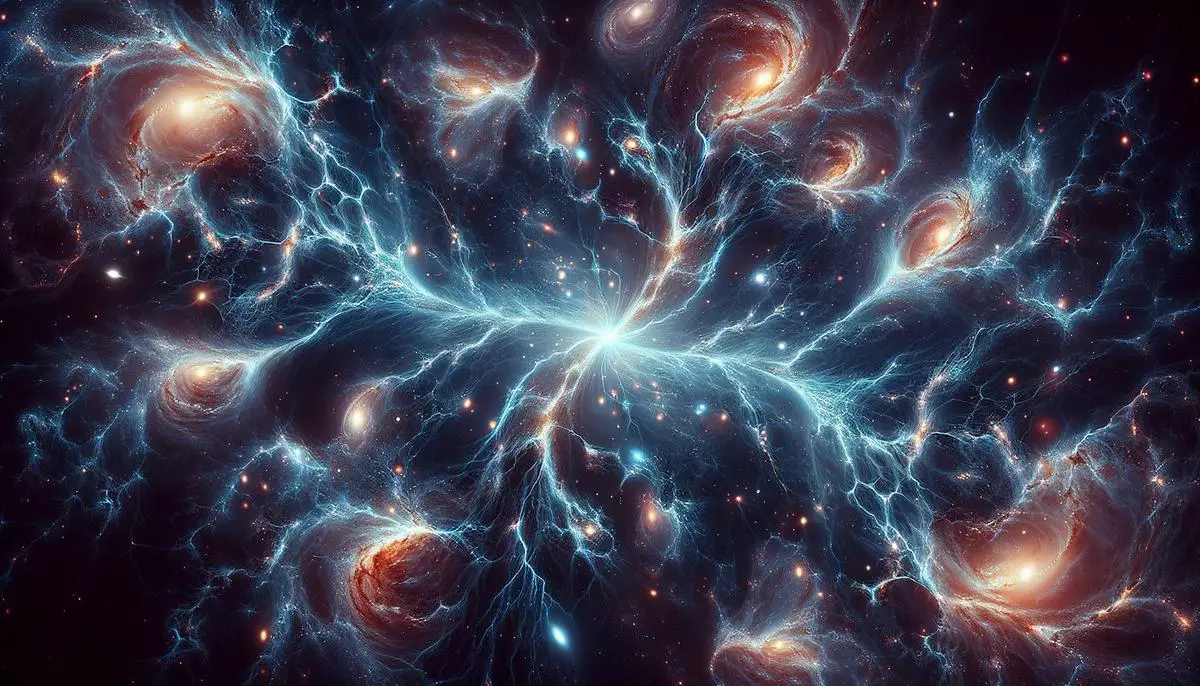Discovery and Nature of Dark Energy
The discovery of dark energy in 1998 revolutionized our understanding of the universe. Observations of Type Ia supernovae revealed an accelerating cosmic expansion, leading to the Nobel Prize-winning conclusion that an unknown force, dubbed dark energy, was at work. This enigmatic phenomenon accounts for approximately 70% of the universe's content.
Recent findings from the Dark Energy Survey (DES) and the Dark Energy Spectroscopic Instrument (DESI) have provided new insights. While DES results largely align with the standard cosmological model, slight deviations hint at potential unexpected behavior of dark energy. DESI's initial data suggests that dark energy's influence may be changing over time, reigniting debates about its nature.
Telescopes like Euclid and the James Webb Space Telescope continue to explore vast cosmic distances, promising fresh perspectives on dark energy. Whether this force remains constant or emerges as a dynamic player will shape our understanding of the universe's past, present, and future.

The Lambda Cold Dark Matter Model
The Lambda Cold Dark Matter (LCDM) model serves as the primary framework for understanding the universe's expansion. At its core is the cosmological constant, symbolized by lambda (Λ), which represents dark energy as a uniform, constant force driving the acceleration of cosmic expansion.
Despite its success in describing cosmic history, the LCDM model faces challenges. Recent observations, particularly from DESI, suggest that dark energy's influence may not be as constant as once thought. This raises questions about the nature of the cosmological constant and the potential for variable dark energy.
These discrepancies prompt scientists to reconsider aspects of the LCDM model. Ongoing and future missions, such as Euclid and NASA's Nancy Grace Roman Space Telescope, may provide data to resolve these inconsistencies or further challenge our current understanding.
The LCDM model remains an essential framework guiding our exploration of cosmological phenomena. As new data emerges, it continues to evolve, reflecting the dynamic nature of scientific inquiry in the face of cosmic mysteries.
Recent Observations and Challenges
Recent observations from the Dark Energy Survey and DESI have begun to challenge the perception of dark energy as a constant force. These findings suggest potential fluctuations in dark energy's influence over cosmic time, hinting at a more dynamic nature than previously thought.
If dark energy is indeed changing, the LCDM model may require significant updates. Scientists are exploring whether dark energy behaves more like a fluid that expands and contracts with the universe itself. This concept of dynamical dark energy could potentially resolve several persistent puzzles about the universe's past behavior and raise new questions about its future.
The implications of these findings are far-reaching, potentially transforming our comprehension of the universe's expansion and ultimate fate. As researchers continue to analyze the wealth of data from ongoing surveys, the quest for answers about dark energy's true nature remains at the forefront of cosmological research.

Future Research and Implications
Upcoming projects promise to advance our understanding of dark energy significantly. The Vera C. Rubin Observatory, with its Legacy Survey of Space and Time (LSST), will map billions of galaxies and detect transient cosmic events. This vast dataset will provide deeper insights into the universe's expansion and the potential dynamics of dark energy.
The Euclid space telescope, developed by the European Space Agency, aims to survey the geometry of the dark universe. By precisely measuring galaxy positions and cosmic web structure, Euclid will clarify dark energy's role at a galactic scale, potentially challenging or verifying current models.
Together, these observatories represent a powerful duo in the quest to decipher dark energy's story. Their findings may strengthen the cosmological constant theory or support alternative models presenting dark energy as a dynamic entity.
The implications of these explorations extend beyond dark energy, potentially shedding light on other cosmic mysteries such as dark matter, cosmic inflation, and the fabric of space-time itself. As we probe deeper into the cosmos, each discovery brings us closer to understanding the fundamental nature of our universe.

As we continue to explore the cosmos, the enigma of dark energy remains a central focus of astrophysical research. Our ongoing efforts to understand this mysterious force not only challenge our current knowledge but also inspire new avenues of scientific inquiry. The journey to unravel dark energy's secrets exemplifies the persistent human drive to comprehend the universe in which we live.
- Tamara Davis, et al. Dark Energy Survey Year 3 Results: Cosmological Constraints from Supernova Cosmology. Astrophys J. 2022;935(1):86.
- DESI Collaboration. The Dark Energy Spectroscopic Instrument (DESI). Astron J. 2022;164(5):207.
- Kron R, et al. The Dark Energy Survey: Cosmological Results from the First Three Years of Data. Phys Rev D. 2022;105(2):023520.
- Euclid Collaboration. Euclid: Science Goals and Mission Concept. Astron Astrophys. 2011;536:A85.
![]()
